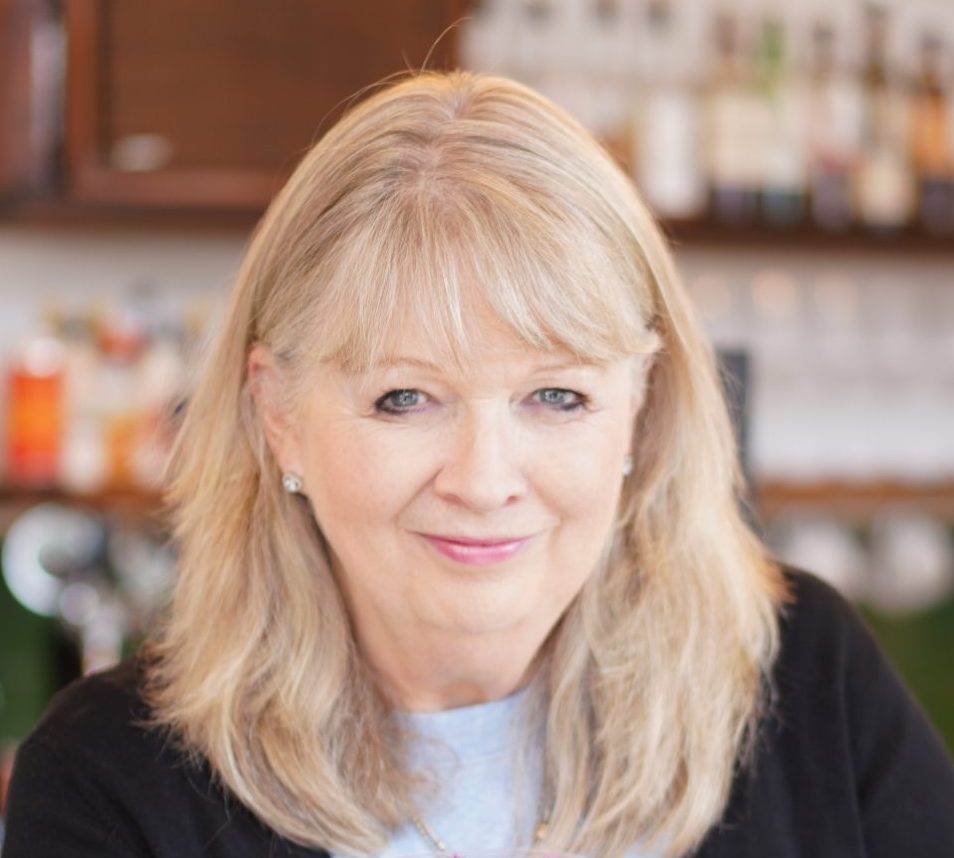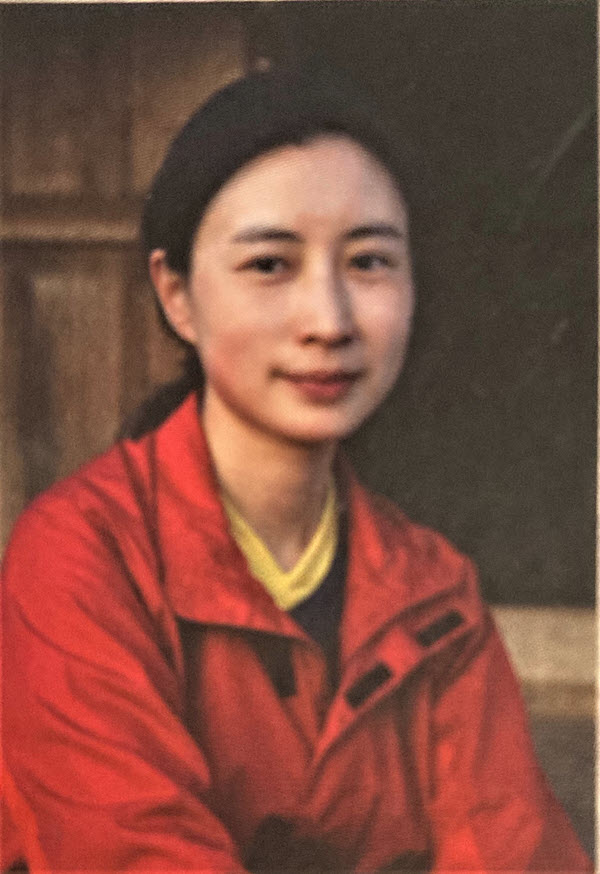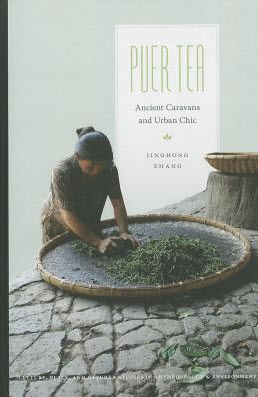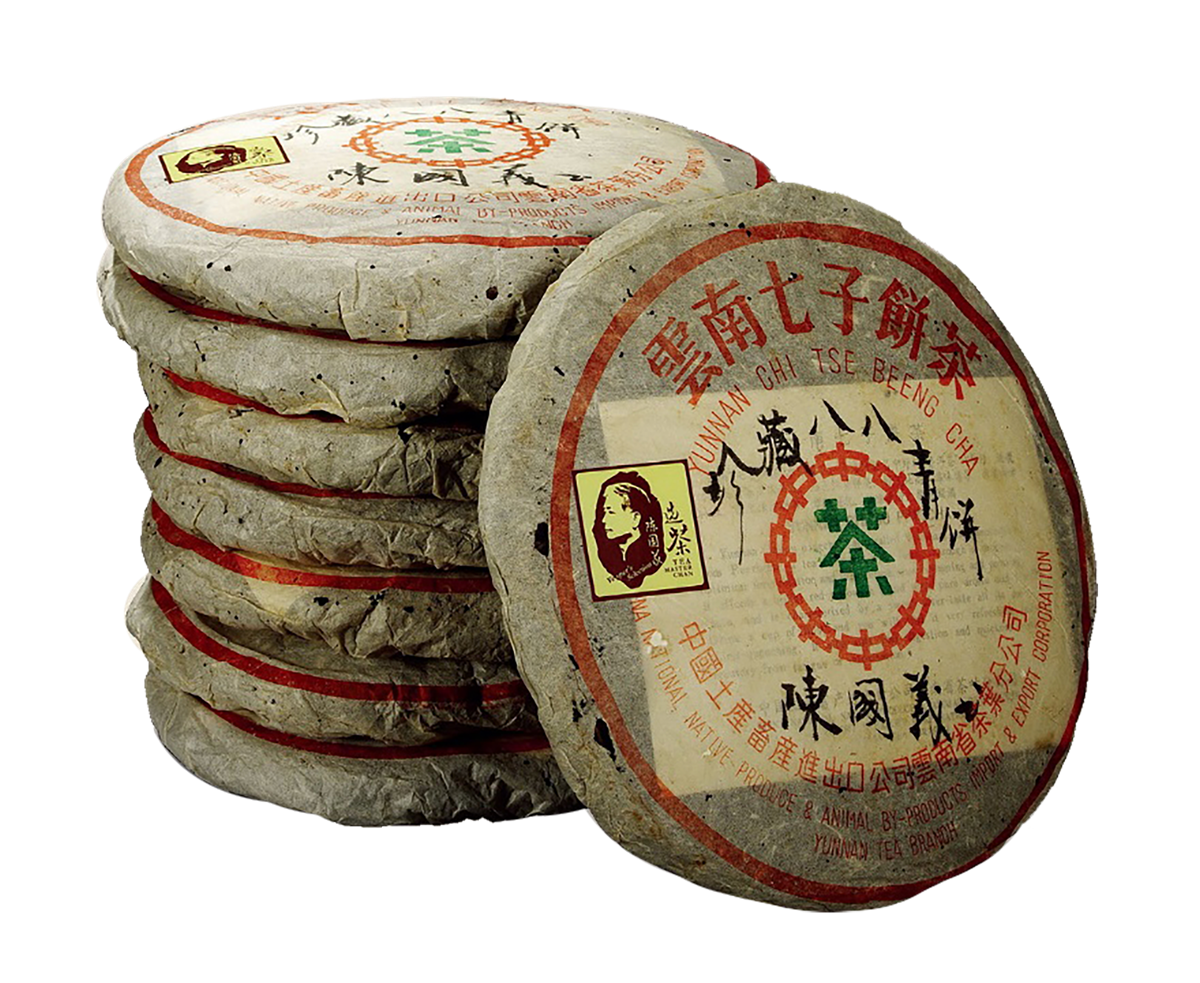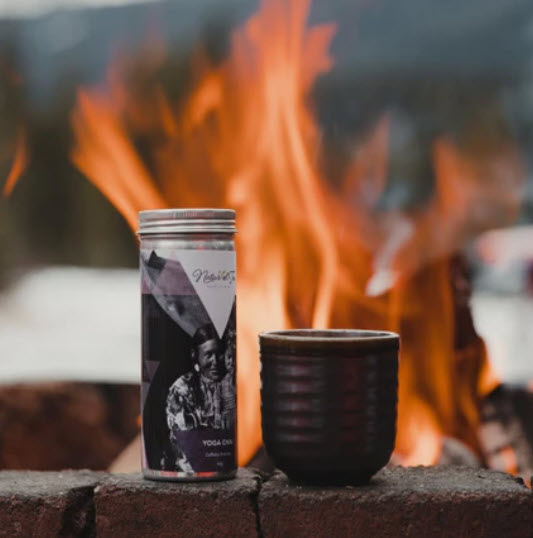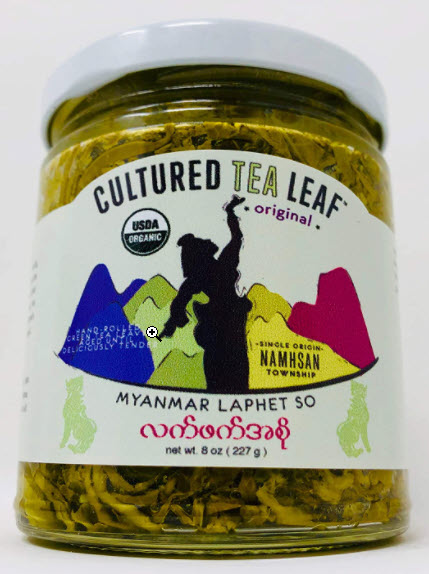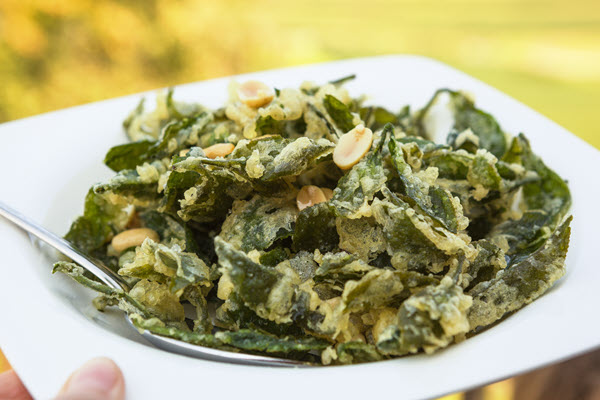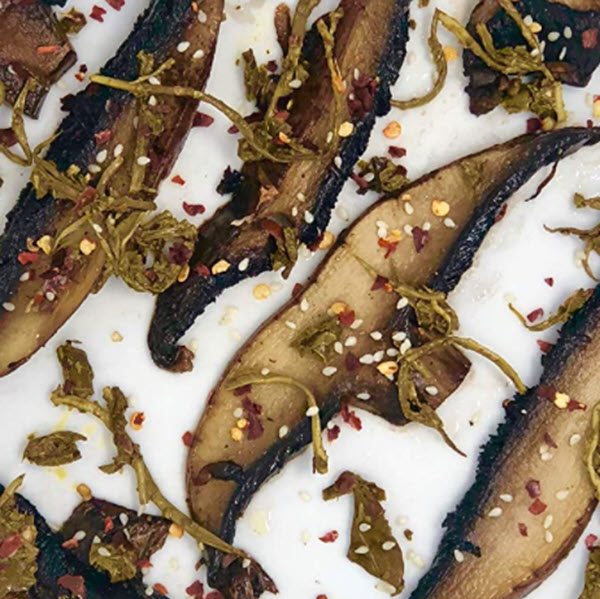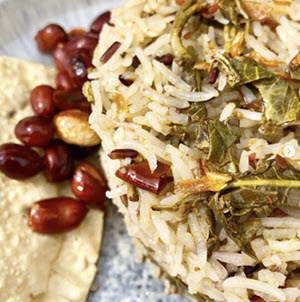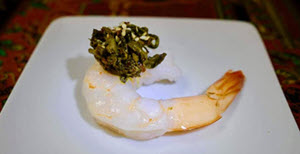Submit your tea to Australia’s tea awards by November 30
The Golden Leaf Awards, sponsored by the Australian Tea Masters and suspended during the height of the pandemic, have returned in 2021. The deadline to enter the competition is November 30.
View previous winners of the Golden Leaf Awards.

Listen to the interview
In-person judging returns for the 2021 Golden Leaf Awards
By Jessica Natale Woollard
Australia’s Golden Leaf Awards return in 2021 with live, in-person judging to crown this year’s best teas in the Australian market. Tea submissions are open until Nov. 30. View the award guidebook for more information.
The Golden Leaf Awards are presented by the Australia Tea Masters and feature a number of categories : green, black, white, yellow teas; matcha; Pu-erh; herbals; chai; and iced tea. There’s even a category for tea packaging and best tea house.
The judging is blind and done by industry professionals.
Australia Tea Masters founder and CEO Sharyn Johnston speaks with Tea Biz’s Jessica Natale Woollard about this year’s event.

Jessica Natale Woollard: Why should someone submit their teas to the Golden Leaf Awards?
Sharyn Johnston: It’s a great opportunity for tea companies whose products are available in the Australian market. Small farmers, people who have unique teas, or people who are blending their own teas can showcase them to the public and get their name out there.
Jessica: What should our listeners know about the blind judging for the Golden Leaf Awards?
Sharyn: This year we’re back to our old style of judging; we’re able to have live judges coming out in different sections.
We’ll have limited numbers of judges over limited day: four judges in person per day.
We try to get specialists in each particular category; for example, packaging design would be judged by graphic designers.
We include different sectors of the industry.

Jessica: What was your objective in founding the Golden Leaf Awards?
Sharyn: When Australia Tea Masters first started, after being in the tea industry for four or five years, I realized there were no tea awards in Australia or even throughout the Asian region. We thought it was a great chance to showcase teas.
We also started a category of a focused country. I visited many small farmers around the world and realized that they didn’t have an opportunity to put their teas in the Australian market.
We choose a different country each year; this year it’s Sri Lanka.
We’ve chosen Sri Lanka to showcase a group of about 25 farmers who have developed some amazing teas, only available in small batches. We’re hoping to see some amazing teas from them.
Learn more about the Golden Leaf Awards and how to submit your tea before Nov. 30. Watch the awards website to see bios and information about this year’s entrants.
This interview has been edited and condensed.
Share this episode with your friends in tea.
Listen to Tea Biz on Apple Podcasts

